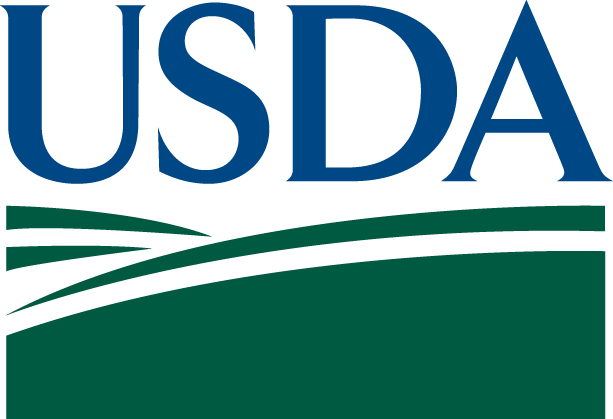Agricultural producers and landowners can sign up soon for the Conservation Reserve Program (CRP).
The program is a cornerstone conservation effort offered by the USDA to address climate change and achieve other natural resource benefits.
The General CRP signup will run from Jan. 31 to March 11, and the Grassland CRP signup will run from April 4 to May 13.
Producers and landowners enrolled 4.6 million acres into CRP in 2021, including 2.5 million acres in the largest Grassland CRP signup in history. There are currently 22.1 million acres enrolled, and FSA is aiming to reach the 25.5-million-acre cap statutorily set for fiscal year 2022.
General CRP helps producers and landowners establish long-term, resource-conserving plant species, such as approved grasses or trees, to control soil erosion, improve water quality and enhance wildlife habitat on cropland. Grassland CRP is a working lands program, helping landowners and operators protect grassland, including rangeland and pastureland and certain other lands, while maintaining the areas as working grazing lands.
Protecting grasslands contributes positively to the economy of many regions, provides biodiversity of plant and animal populations and provides important carbon sequestration benefits to deliver lasting climate outcomes.
Alongside these programs, producers and landowners can also enroll acres in Continuous CRP under the ongoing sign up, which includes projects available through the Conservation Reserve Enhancement Program and State Acres for Wildlife Enhancement.
USDA invested $10 million last year in the CRP Monitoring, Assessment and Evaluation program to measure and monitor the soil carbon and climate resilience impacts of conservation practices over the life of new CRP contracts. This will enable the agency to further refine the program and practices to provide producers tools for increased climate resilience.
Landowners and producers interested in CRP should contact their local USDA Service Center to learn more or to apply for the program. That means before the March 11 deadline for General CRP, and before May 11 for Grassland CRP.
Service Center staff continue to work with agricultural producers via phone, email, and other digital tools.
Due to the pandemic, some USDA Service Centers are open to limited visitors. Additionally, fact sheets and other resources are available online.
Signed into law in 1985, CRP is one of the largest voluntary private-lands conservation programs in the United States. It was originally intended to primarily control soil erosion and potentially stabilize commodity prices by taking marginal lands out of production. The program has evolved over the years, providing many conservation and economic benefits.





Post a comment
Report Abusive Comment